- 5107, 5/F, Cheng Yick-chi Building
- +852 3442-7797
- +852 3442-0549
- bhmyang@cityu.edu.hk
- CityU Scholars
- Lab Website
- Cancer Biology • Microfluidic Technology • Nanomedicine
Professor Michael Yang is currently Senior Vice-President (Innovation and Enterprise), Yeung Kin-Man Chair Professor (Biomedical Sciences), and Director of the Tung Biomedical Sciences Centre of City University of Hong Kong (CityU). He received his BSc from Xiamen University, PhD from the University of Toronto, and postdoctoral training from The Scripps Research Institute, USA. He joined CityU in 1994, and rose through the ranks of assistant professor (1994–1998), associate professor (1998–2002), professor (2002–2007), and chair professor (since 2007). He was the Founding Head of Department of Biomedical Sciences (2013–2018), Acting Dean of College of Veterinary Medicine and Life Sciences (2019–2020), Vice President (Research and Technology) (2020–2023), and appointed as Senior Vice–President (Innovation and Enterprise) (since May 2023), responsible for innovation, knowledge transfer, and entrepreneurship.
Professor Yang’s research interests focus on studying cancer biology and developing biochips and nanotechnology for diagnostics and therapeutic applications. He has published more than 300 peer-reviewed scientific papers, received/filed 54 US/China patents, delivered over 150 lectures in international conferences and academic institutions. He was listed among the top 2% of the world’s most highly cited scientists, according to metrics compiled by Stanford University from 2020 to 2023. He has trained over 40 PhD graduates and 30 postdoctoral fellows, and co-founded several biotech companies based on technologies developed in his laboratory, including Genetel, Prenetics and Cellomics. He was awarded the “Chunhui Scholar Award” by the Ministry of Education of China in 2003, the “K. C. Wong Foundation Award” in 2004, the “Shenzhen Science and Technology Innovation Award” in 2006, the “Hong Kong Technological Achievement Grand Award” in 2007, the “Natural Science Award, Second-Class” from the Ministry of Education in 2015, the “Wuxi AppTech Life Science and Chemistry Award” in 2016, and a Gold Medal at the 47th International Exhibition of Inventions of Geneva in 2019.
Professor Yang also serves on the Hong Kong’s Research Grants Council, the Health and Medical Research Fund, and the Innovation and Technology Fund. He holds Honorary Professorships at the Institute of Microsystems of the Chinese Academy of Science, Zhejiang University, and the Army Medical University. He is the vice-president of the Hong Kong Biotechnology Association, a council member of the Asia Federation of Biotechnology, a member of the Hetao Shenzhen-Hong Kong Innovation and Collaboration Zone Experts Consultative Committee, a scientific advisor of the Asian Fund for Cancer Research and the government-funded Hong Kong Genome Centre, and a mentor of the Hong Kong X platform.
Professor Yang is responsible for the “HK Tech 300” initiative, the leading university-based entrepreneurship program in Asia, with the aims to promote innovation, technology transfer and commercialization, and to provide an ecosystem for young people to start their entrepreneurship journey. Since 2021, “HK Tech 300” has incubated more than 600 startups, and expanded to Mainland China and Southeast Asia, making significant contribution to developing Hong Kong into an international hub of innovation and technology.
楊夢甦教授現任香港城市大學(城大)高級副校長(創新與企業)、楊建文冠名講座教授(生物醫學)、以及董氏生物醫學中心主任。他分別於廈門大學和多倫多大學獲得學士和博士學位,並在加州Scripps研究所從事博士後研究。楊教授于1994年加入城大,先後擔任生物及化學系助理教授(1994–1998)、副教授(1998–2002)、教授(2002–2007)、及講座教授(2007–)。他於2013–2018年出任生物醫學系創系系主任,2019–2020年任賽馬會動物醫學與生命科學院署理院長,2020–2023年任副校長(研究及科技),2023年5月起任高級副校長(創新與企業)負責創新、知識轉移、創業培育等範疇。
楊教授長期從事生物科技研究,在生物晶片技術和納米生物技術及其在生物醫學研究和臨床應用方面進行了系統性和原創性的工作,迄今在國際期刊共發表300多篇同行評審科學論文及逾60項美國及中國專利,並應邀在150多個國際會議和學術機構發表演講。根據2020年至2023年史丹福大學的排名指標,楊教授獲評為論文被高度引用的全球排名前2%科學家。他指導了逾40位博士畢業生及30多位博士後研究員,亦參與創辦了基於城大技術而衍生的生物科技公司港龍生物、Prenetics及晶准醫學。楊教授曾獲2003年王寛誠教育基金會學者獎、2004年教育部「春暉學者」獎、2006年深圳市創新科技獎、2007年香港工商業獎科技成就大獎、2015 年教育部自然科學二等獎、2016年科技部藥明康德生命化學獎、及2019年日內瓦國際發明展金獎。
楊教授兼任香港特區政府研究資助局、醫療衛生研究基金、和創新科技基金成員,中國科學院微系統所、浙江大學、及陸軍軍醫大學榮譽教授。他還是香港生物科技協會副主席、亞洲生物科技聯盟理事會成員、亚洲癌症基金会科学顾问委员会委员、河套深港创新合作区专家咨询委员会委员、香港基因組中心顧問委員會成員、及香港科技創業平臺導師。
楊教授主持的 “HK Tech 300” 計畫,是亞洲領先的大學創新創業計畫,致力於科研成果的轉化,培养更多年輕人才參與創新創業。“HK Tech 300” 從2021年迄今已培育逾六百個初創公司,並拓展到內地及東南亞,助力香港成為國際創新科技中心。
Media Publicity
-
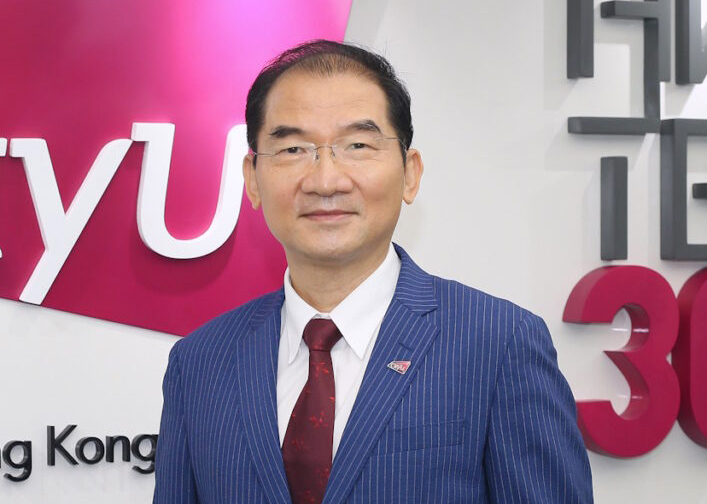
Interview | PHARMA Boardroom
Interview with PHARMA Boardroom -
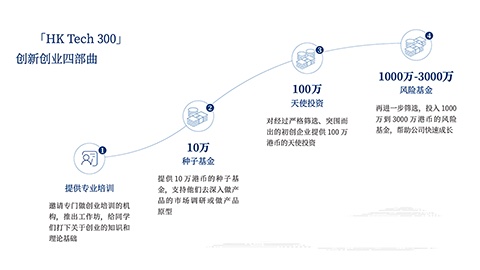
Interview | 華潤
投資年輕人 就是投資未來 -
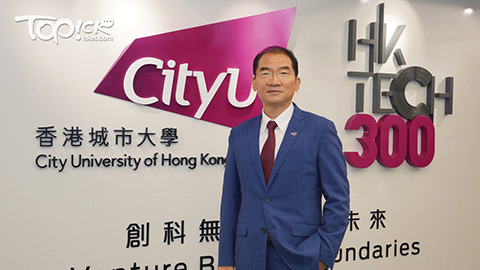
News | 香港經濟日報
城大副校稱對年青人創意有信心 寄語創業最重要敢嘗試 -
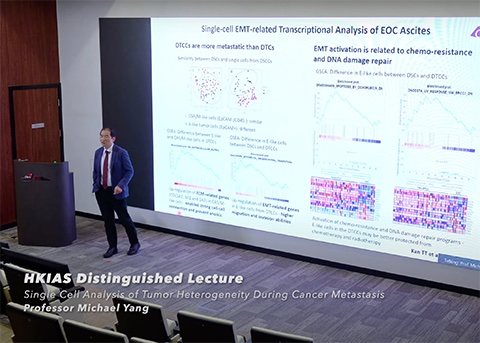
Seminar | CityU
Single Cell Analysis of Tumor Heterogeneity During Cancer Metastasis -

News | 星島日報
楊夢甦:城大五億培育300初創 -
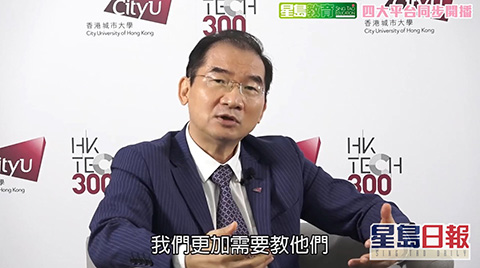
News | 星島日報
楊夢甦:倡社會塑造「創科氛圍」 -
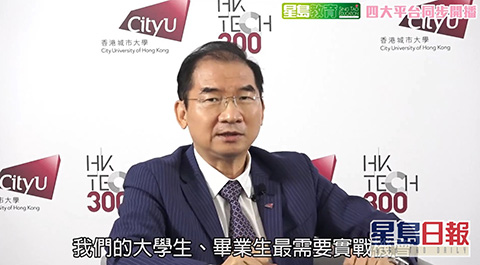
News | 星島日報
城大副校長楊夢甦:學生不要害怕失敗 -
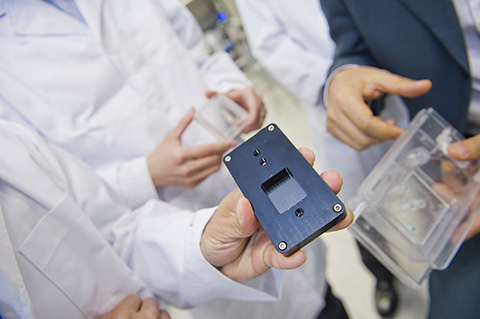
Research Story | CityU
Microfluidic Technology for Accelerated Screening of Anti-Cancer Drugs -
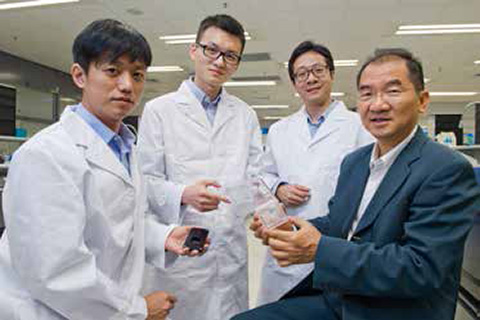
Interview | 今日中國
楊夢甦:做好癌症最早期的偵察兵 -
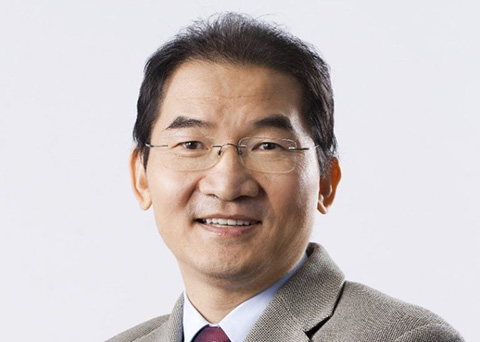
Interview | PHARMA Boardroom
Interview with PHARMA Boardroom -
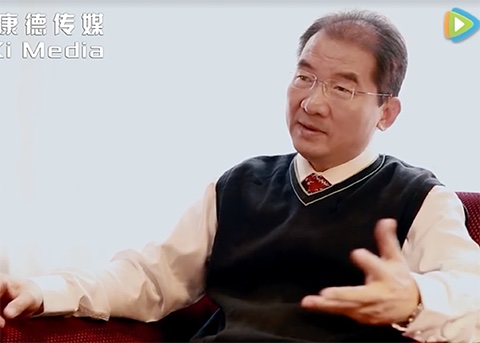
Interview | 藥明康德傳媒
專訪香港城市大學教授楊夢甦:校園創業達人 引領香港生物科技 -
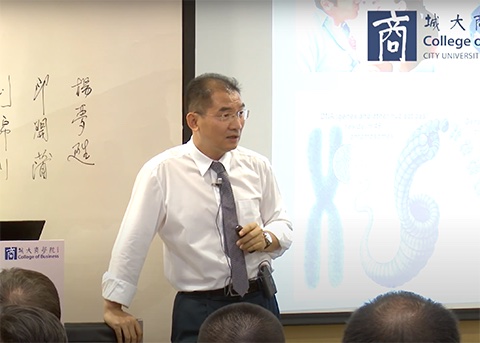
Seminar | CityU
生物科技與健康 – 從人類基因組到精準醫療
Representative Publications
Microfluidics for Cell Analysis
High Throughput Confined Migration Microfluidic Device for Drug Screening
, Small, 2023, 2207194.Dually stimulative single-chain polymeric nano lock with dynamic ligands for sensitive detection of circulating tumor cells
, Biosensors and Bioelectronics, 2022, 217, 114692.Single Cell Analysis of Mechanical Properties and EMT-related Gene Expression Profiles in Cancer Fingers
, iScience, 2022, 25(3), 103917.Microdissected ‘cuboids’ for microfluidic drug testing of intact tissues
, Lab on a Chip, 2021, 21, 122-142.Single cell target gene mutation analysis by arc-edge-channel monolithic valve microfluidic cell isolation and locked nucleic acid based PCR detection
, Sensors and Actuators B: Chemical, 2019, 293, 224-234.Recent advances in microfluidic technology for manipulation and analysis of biological cells (2007-2017)
, Analytica Chimica Acta, 2018, 1044, 29-65.Electrotaxis of cancer stem cells is associated with both activation of stretch-activated cation channels and internal calcium release
, Bioelectrochemistry, 2018, 124, 80-92.Cell migration microfluidics for electrotaxis-based heterogeneity study of lung cancer cells
, Biosensors and Bioelectronics, 2017, 89, 837-845.Microfluidic platform for studying chemotaxis of adhesive cells revealed a gradient-dependent migration and acceleration of cancer stem cells
, Analytical Chemistry, 2015, 87(14), 7098-7108.A microfluidic linear node array for the study of protein-ligand interaction
, Lab Chip, 2014, 14, 3993-3999.Single layer linear array of microbeads for multiplexed analysis of DNA and proteins
, Biosensors and Bioelectronics, 2014, 54, 297-305.Microfluidics study of intracellular calcium response to mechanical stimulation on single suspension cells
, Lab on a Chip, 2013, 13, 1060-1069.Integrated sieving microstructures on microchannels for biological cell trapping and droplet formation
, Lab on a Chip, 2011, 11, 3352-3355.Real-time monitoring of cell-cell communications evoked by mechanical stimulation of suspension cells using an integrated microfluidics chip
, Lab on a Chip, 2010, 10, 2271-2278.Microfluidic formation of single cell array for parallel analysis of CRAC channel activation and inhibition
, Analytical Biochemistry, 2010, 396, 173-179.A microfluidic device with microbead array for sensitive virus DNA detection and genotyping using quantum dots as fluorescence labels
, Biosensors & Bioelectronics, 2010, 25, 2402-2407.3-D streamline steering by nodes arrayed in an entangled microfluidic network
, Lab on a Chip, 2007, 7, 1712-1716.Generation of linear and non-linear concentration gradients along microfluidic channel by microtunnel controlled stepwise addition of sample solution
, Lab on a Chip, 2007, 7, 1371-1373.Dose-dependent cell-based assays in V-shaped microfluidic channels
, Lab on a Chip, 2006, 6, 921-929.Microfluidics technology for manipulation and analysis of biological cells
, Analytica Chimica Acta, 2006, 560, 1-23.Hydrodynamic simulation of cell docking in microfluidic channels with different dam structures
, Lab on a Chip, 2004, 4, 53–59.Cell docking and on-chip monitoring of cellular reactions under controlled concentration gradient on a microfluidic device
, Analytical Chemistry, 2002, 74, 3991-4001.Generation of concentration gradient by diffusive mixing and consecutive dilution in a microfluidic chip
, Lab on a Chip, 2002, 2, 158-163.
Cancer Biology & Nanomedicine
Lysyl hydroxylase LH1 promotes confined migration and metastasis of cancer cells by stabilizing Septin2 to enhance actin network
, Molecular Cancer, 2023, 22, 21.Three-dimensional Biomimetic Models to Reconstitute Tumor Microenvironment In Vitro: Spheroids, Organoids, and Tumor-on-a-chip
, Advanced Healthy Materials, 2023, 2202609.Single-cell RNA-seq recognized the initiator of epithelial ovarian cancer recurrence
, Oncogene, 2022, 41(6), 895-906.Glutathione-responsive PLGA nanocomplex for dual delivery of doxorubicin and curcumin to overcome tumor multidrug resistance
, Nanomedicine. 2021, 16, 1411–1427.Vacuolin-1 inhibits endosomal trafficking and metastasis via CapZβ
, Oncogene, 2021, 40, 1775–1791.Magnetothermal miniature reactors based on iron oxide nanocubes-coated liquid marbles
, Advanced Healthcare Materials, 2021, 2001658 (8 pages).Single-cell EMT-related transcriptional analysis uncovers the intra-cluster heterogeneity of tumor cell clusters in epithelial ovarian cancer ascites
, Oncogene, 2020, 39(21), 4227–4240.Targeted destruction of cancer stem cells using multifunctional magnetic nanoparticles that enable combined hyperthermia and chemotherapy
, Theranostics, 2020, 10(3), 1181-1196.Recent Progress of Ferroptosis Inducers for Cancer Therapy
, Advanced Materials, 2019, 1904197, pp25.Efficient RNA drug delivery using red blood cell extracellular vesicles
, Nature Communications, 2018, 9(1), 2359 (15 pages).Transparent and gas-permeable liquid marbles for culturing and drug sensitivity test of tumor spheroids
, Advanced Healthcare Materials, 2017, 1700185.Chemoresistant lung cancer stem cells display high DNA repair capability to remove cisplatin-DNA damage
, British Journal of Pharmacology, 2017, 174(4), 302-313.Activation of multiple signaling pathways during the differentiation of mesenchymal stem cells cultured in silicon nanowire microenvironment
, Nanomedicine: Nanotechnology, Biology, and Medicine, 2014, 10(6), 1153-63.Reorganization of cytoskeleton and transient activation of Ca2+ channels in mesenchymal stem cells cultured on silicon nanowire arrays
, ACS Applied Materials & Interfaces, 2013, 5, 13295−13304.Multienzyme-nanoparticles amplification for sensitive virus genotyping in microfluidic microbeads array using Au nanoparticle probes and quantum dots as labels
, Biosensors and Bioelectronics, 2011, 29, 89-96.Gold nanoparticles promote osteogenic differentiation of mesenchymal stem cells
, ACS Nano, 2010, 4, 6439-6448.Inhibition of proliferation and differentiation of mesenchymal stem cells by carboxylated carbon nanotubes
, ACS Nano, 2010, 4(4), pp 2185–2195.COOH-terminal truncated HBV X protein plays key role in hepatocarcinogenesis
, Clinical Cancer Research, 2008, 14 (16), 5061-5068.DNA-directed self-assembly of gold nanoparticles into binary and ternary nanostructures
, Nanotechnology, 2007, 18, 015102 (7 pages).Hypoxia induces the activation of human hepatic stellate cells LX-2 activation through TGF-b signaling pathway
, FEBS Letters, 2007, 581, 203-210.Clustin plays an important role in hepatocellular carcinoma metastasis
, Oncogene, 2006, 25, 1242-1250.Molecular mechanisms of survival and apoptosis in RAW 264.7 macrophages under oxidative stress
, Apoptosis, 2005, 10, 545-556.Association of overexpression of vimentin and hepatocellular carcinoma metastasis.
Oncogene, 2004, 23, 298-302.
8 February 2024
